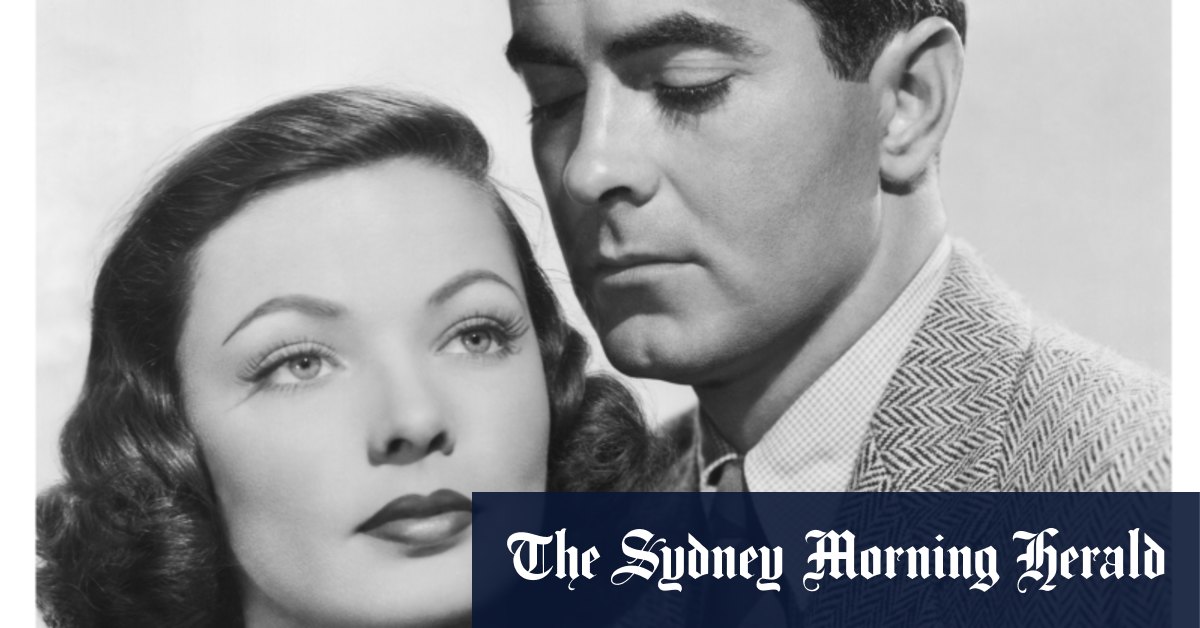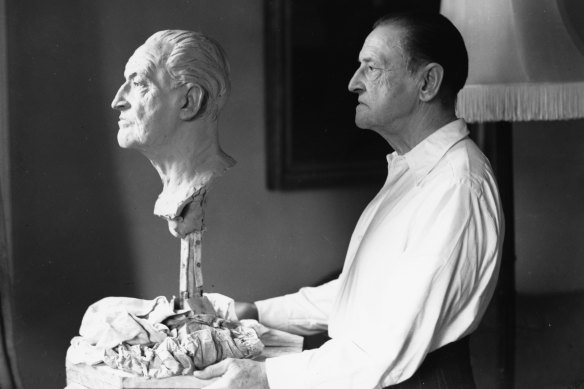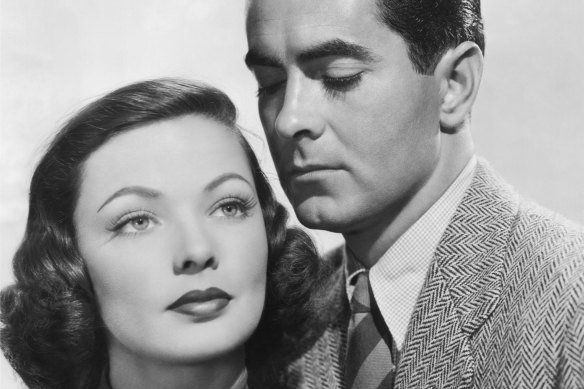
The summer before my last year of high school saw me drifting like a manatee in outer suburbia. My friends were all away or working, but I was in stasis. I stayed indoors with the curtains drawn against the sun, book in hand and radio on to drown out the sounds of lawn-mowing or clarinet practice. I could dream myself away to exotic places; all I had to do was concentrate.
In yoga, the drishti gaze is when you find a focal point to stare at so that you can block out everything else. My teenage drishti, if not aimed at a page or a screen, was often fixed on some far-away, indistinct desirable thing. The unattainable, the illusory.
I had my models: W. Somerset Maugham’s 1944 novel The Razor’s Edge was one. I read it that summer — I thought Maugham had the most writerly of writer’s names. I found the story sophisticated, languid, sad and mystical. It had important lessons to impart about the lure of the unattainable, but I’m not sure I learned them. Time passed. Thirty years! Then a random article brought the novel back to my attention and I decided it was time for a re-read.
Going back to cultural objects is self-soothing and self-seeking: I am looking for something lost, or trying to locate a feeling. Cultural theorist Svetlana Boym wrote about two kinds of nostalgia: restorative nostalgia, which is an attempt to restore the past, and reflective nostalgia, which focuses on longing, loss and the instability of memory. I don’t want to be 17 again – that starry-eyed slacker! – but neither would I wish that self away. I like Maria Popova’s analogy that we are all our ages “stacked within the current self like Russian nesting dolls, not to be outgrown but to be tenderly incorporated”.
The print in my old paperback of The Razor’s Edge was tiny. Eventually, I gave up and bought the audiobook. Then for weeks I was walking around with a plummy British accent in my ears, and yearning in my heart. In the novel everyone yearns all the time: Larry wants to know the meaning of life, Isabel wants Larry, Gray wants Isabel, Sophie wants her husband and child back, Elliot wants a title, and Maugham, our “tour-guide”/narrator, wants only to tell and keep telling. Maugham plays himself in the book, and offers a disclaimer in the first chapter: everything he writes is true, except for the parts where he’s made things up, “to give liveliness and verisimilitude to scenes that would have been ineffective if they had merely been recounted”.

Somerset Maugham in 1948, four years after the release of The Razor’s Edge.Credit: Getty Images
The novel starts in Chicago in 1919 with Maugham meeting his old friend Elliot Templeton at a dinner. He’s introduced to his sister Mrs Bradley, her daughter Isabel and her set, including wealthy Gray Maturin, bookish Sophie and Isabel’s fiancé Larry Darrell, who has come back from the war a changed man. Instead of taking a job from Gray’s father, Larry has decided to “loaf”. Isabel can’t fathom living on $3000 a year, and so she marries Gray — a marriage of convenience.
The setting shifts to Paris. Isobel and Gray lose everything in the stockmarket crash and reconnect with Larry, who has been living the life of an itinerant ascetic. Sophie also reappears, now an alcoholic after a personal tragedy. Larry asks Sophie to marry him, hoping to restore her to the poetry-loving girl she once was, and Isabel’s jealousy brings her true nature to the fore.
There are other things that happen, and other characters who come and go. Maugham jumps ahead and circles back. He has no story, only everyone else’s, and while the men run the world, it’s the women who make it interesting.

Gene Tierney as Isabel Bradley and Tyrone Power as Larry Darrell in a 1946 publicity shot for The Razor’s Edge.Credit: Getty Images
Maugham was 70 when The Razor’s Edge was published. He had long been a household name and was living the high life on the Riviera, where, according to his biographer, Ted Morgan, his guests came in four categories: the titled, the wealthy, the famous, and attractive young men. The book was a bestseller. Reviewers found Maugham’s self-as-narrator clever, and readers were intrigued by his apparent merging of fact and fiction.
Loading
Eastern philosophy had been proliferating in the West via intellectuals and Theosophists since early in the century; it would filter through to the mainstream by the Beats, then the hippies. Maugham’s novel served as a bridge between cultural movements. He had visited India in 1938 and met the Maharshi. Writer Christopher Isherwood, who was attached to the Vedanta centre in Hollywood, was rumoured to be the model for Larry Darrell. It was Isherwood who translated the Upanishad verse for Maugham’s title: “The sharp edge of a razor is difficult to pass over; thus the wise say the path to Salvation is hard.”
Before my re-read, two aspects of the novel had stayed with me: the first was Isabel’s transformation from butterball to femme fatale, and the second was the image of her staring at Larry’s glistening forearm as they drive around Paris in a convertible. When I came to the paragraph describing this moment, I could see why it made an impression. Maugham describes Isabel’s expression as one of “hungry concupiscence”: “It was animal rather than human. The beauty was stripped from her face, the look upon it made her hideous and frightening. It horribly suggested the bitch in heat and I felt rather sick.”
This and other jolts of misogyny leapt out. I am sure I internalised them, not the specifics, but the sentiment. In the first half of the novel (before she reduces), Maugham can’t mention Isabel without bringing up her fat legs. Women come in three categories: dowagers, wives or sluts. Each of the female characters in one way or another trades her body for security – barring Mrs Bradley, who is presumably so old nobody would have her. Isabel’s longing for Larry makes her monstrous, while her pragmatism makes her a spoilsport and a shrew. She can’t win.
On the last page, Maugham declares his story is a success story. I might have agreed with this at first read, but now I see that it’s really only the men who get what they want: Elliot achieves “social eminence”, Gray gets Isabel, and Larry is “absorbed, as he wished, into that tumultuous conflagration of humanity…”
But Sophie dies horribly, her throat slit by a sailor, and Isabel, who at the beginning of the book had so much spirit, ends up a zombie-wife, albeit a classy one, fulfilling all the requirements of a lady: “entertaining, gracious, complaisant, and tactful.”
The Booklist is a weekly newsletter for book lovers from Jason Steger. Get it delivered every Friday.



